The Anatomy of the Baby’s Journey
$89.95
The Anatomy of the Baby’s Journey is a collection of popular sessions from the Spinning Babies® 2021 World Confluence, together providing an in-depth exploration of pregnancy and birth anatomy. This course provides birth professionals with over four hours of instruction from Spinning Babies® creator Gail Tully and Approved Trainers Rachel Shapiro and Claire Eccleston, with a bonus session by Spinning Babies® Aware Practitioner Dr. Kristen Hosaka. Topics include soft tissue anatomy, pelvic structure, ligaments, and compound presentations, as well as techniques for ligament balance and conducting vaginal assessments.
Description
The Anatomy of the Baby’s Journey is a collection of popular sessions from the Spinning Babies® 2021 World Confluence, together providing an in-depth exploration of pregnancy and birth anatomy. This course provides birth professionals with over four hours of instruction from Spinning Babies® creator Gail Tully and Approved Trainers Rachel Shapiro and Claire Eccleston, with a bonus session by Spinning Babies® Aware Practitioner Dr. Kristen Hosaka. Topics include soft tissue anatomy, pelvic structure, ligaments, and compound presentations, as well as techniques for ligament balance and conducting vaginal assessments.
Continuing Education:
This course provides four and a half (4.5) continuing education contact hours with the American Nurse Credentialing Center (ANCC). Maternity House Publishing dba Spinning Babies® is accredited as a provider of nursing continuing professional development by the American Nurses Credentialing Center’s Commission on Accreditation.
Learning Objectives:
- Match at least one soft tissue anatomy to each of the three pelvic diameters.
- Dehttps://www.spinningbabies.com/wp-content/uploads/2019/10/sample3-1.png the uterine ligament attachments to the bony pelvis.
- List three anatomical structures in the pelvis that influence fetal rotation or descent.
- Match at least one soft tissue anatomy to each of the three pelvic diameters.
- Dehttps://www.spinningbabies.com/wp-content/uploads/2019/10/sample3-1.png the uterine ligament attachments to the bony pelvis.
- List three anatomical structures in the pelvis that influences fetal rotation or descent.
- Distinguish the uterosacral ligaments by their fibers, function, and anatomical origin and insertion.
- Categorize the various uterosacral ligament insertion sites and their accompanying symptoms of imbalance in pregnancy.
- Categorize the various uterosacral ligament insertion sites and their accompanying symptoms of imbalance in birth.
- Correlate the type of fibers and receptors on the uterosacral ligaments to the type of technique needed to restore physiological balance.
- Evaluate the efficacy of the Three Balances SM Forward Leaning Inversion technique for restoring balance to the uterosacral ligaments in pregnancy.
- Identify techniques to restore physiological balance for the uterosacral ligament in birth.
- Define nuchal hand and compound presentation.
- Recall the rationale for anatomy and physiology of the birth giver and baby in the context of vaginal assessments.
- Demonstrate informed embodied consent and holistic communication when practicing vaginal assessments in labor.
- Facilitate improved practical application of vaginal assessments.
- Develop easy mnemonics to support recall of anatomy and babies’ position in vaginal assessment findings.
- List other methods for gathering information on ‘Where’s the baby?’ when vaginal assessments are not an option.
- Consider the Spinning Babies® techniques that best support physiology in relation to the findings of vaginal assessments.
- List three effects of nuchal hands and/or compound presentations.
- Identify three indicators of nuchal hands or compound presentations.
- Name three techniques that can be used to facilitate a change in fetal position.
*This course is recommended for providers and birth workers.
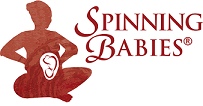

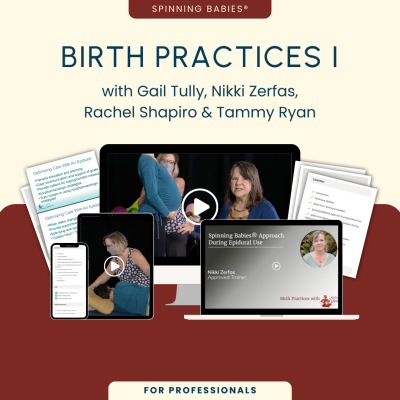
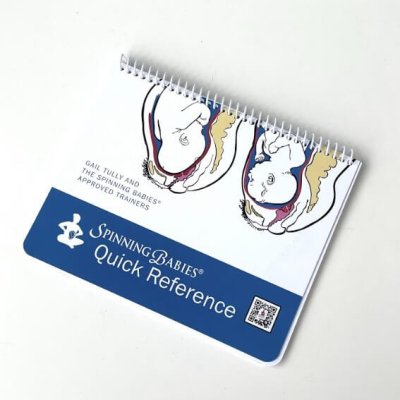
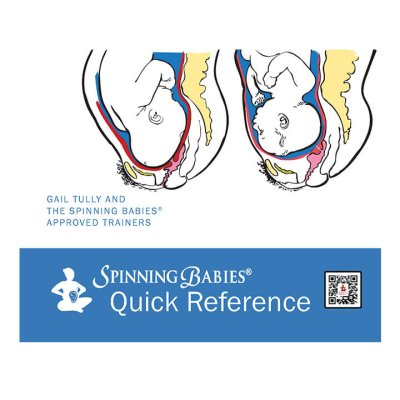
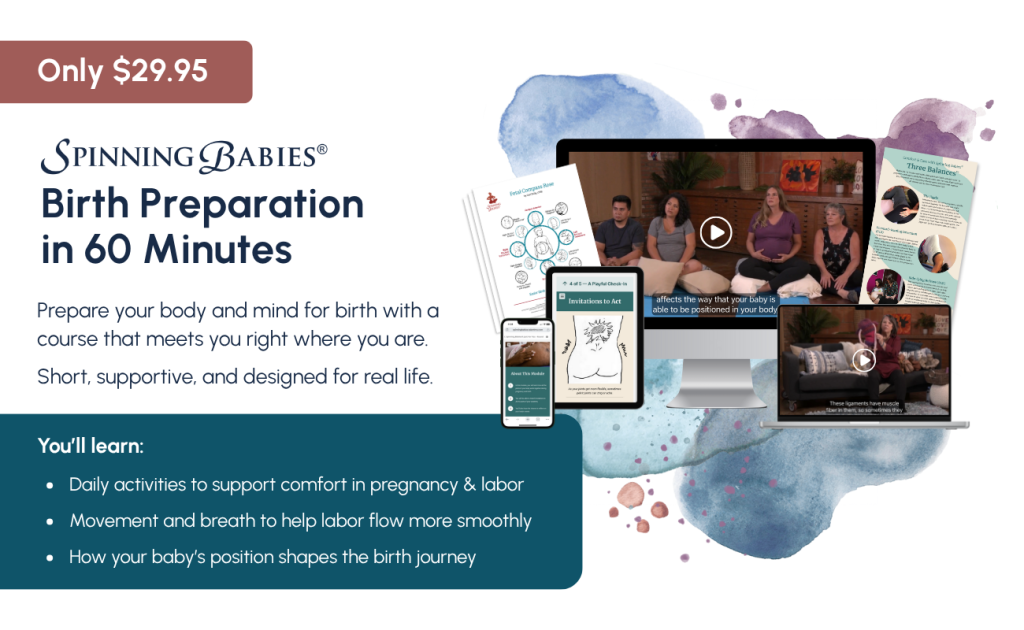
Reviews
There are no reviews yet